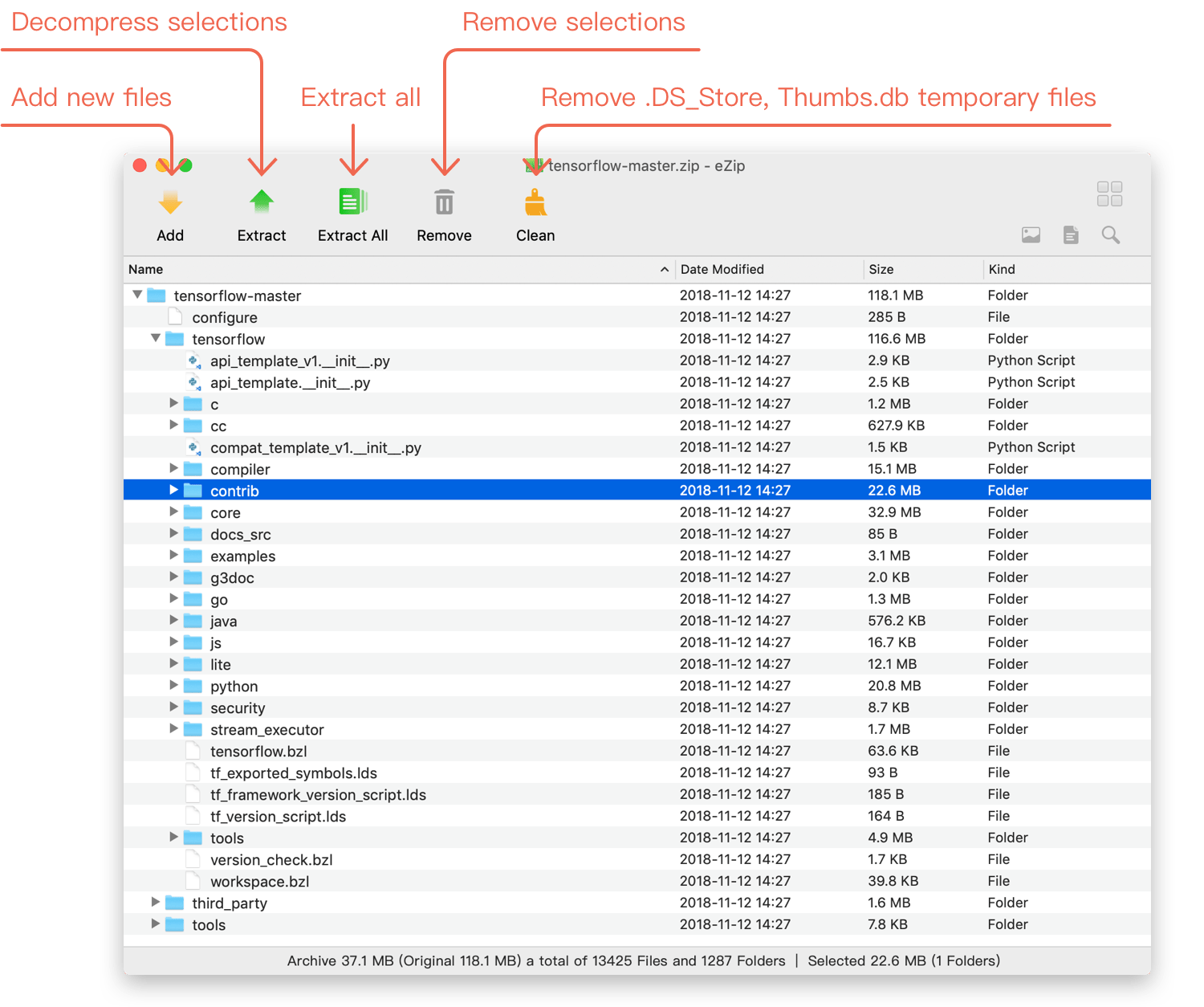

zip -r -Z bzip2 archivename.zip directory_name. To specify a compression method, use the -Z option. In most Linux distributions, the zip utility also supports the bzip2 compression method.
#Lzip usage archive
If the zip utility determines that a file cannot be compressed, it simply stores the file in the archive without compressing it using the store method. The default compression method of Zip is deflate. You can also add multiple files and directories in the same archive: zip -r archivename.zip directory_name1 directory_name2 file1 file1 Compression Methods and Levels # The -r option allows you to traverse the whole directory structure recursively: zip -r archivename.zip directory_name Often, you’ll create a zip archive of a directory including the content of subdirectories.

To suppress the output of the zip command, use the -q option: zip -q archivename.zip filename1 filename2 filename3 zip archivename.zip filename will create an archive with the same name as would zip archivename filename. zip, the extension is added automatically unless the archive name contains a dot. We’ll explain the compression methods and levels later in this guide. To zip one or more files, specify the files you want to add to the archive separated by space, as shown below: zip archivename.zip filename1 filename2 filename3 adding: filename1 (deflated 63%)īy default, the zip command prints the names of the files added to the archive and the compression method.
#Lzip usage how to
Install zip on Ubuntu and Debian # sudo apt install zip Install zip on CentOS and Fedora # sudo yum install zip How to ZIP Files and Directories # The zip utility is not installed by default in most Linux distributions, but you can easily install it using your distribution package manager. The extracted files are owned by the user that runs the command. Zip files do not support Linux-style ownership information. The default behavior (with no options) is to extract into the current directory (and sub-directories below it) all files from the specified ZIP archive.To create a Zip archive in a specific directory, the user needs to have write permissions on that directory. Unzip will list, test, or extract files from a ZIP archive, commonly found on Unix systems. The program is useful for packaging a set of files for distribution for archiving files and for saving disk space by temporarily compressing unused files or directories. zip automatically chooses the better of the two for each file to be compressed. zip has one compression method (deflation) and can also store files without compression. Compression ratios of 2:1 to 3:1 are common for text files.An entire directory structure can be packed into a zip archive with a single command. The zip program puts one or more compressed files into a single zip archive, along with information about the files (name, path, date, time of last modification, protection, and check information to verify file integrity).If you have a limited bandwidth between two servers and want to transfer the files faster, then zip the files and transfer.zip is available in many operating systems like unix, linux, windows etc. zip is used to compress the files to reduce file size and also used as file package utility.ZIP is a compression and file packaging utility for Unix. SORT command in Linux/Unix with examples.

#Lzip usage full


 0 kommentar(er)
0 kommentar(er)
